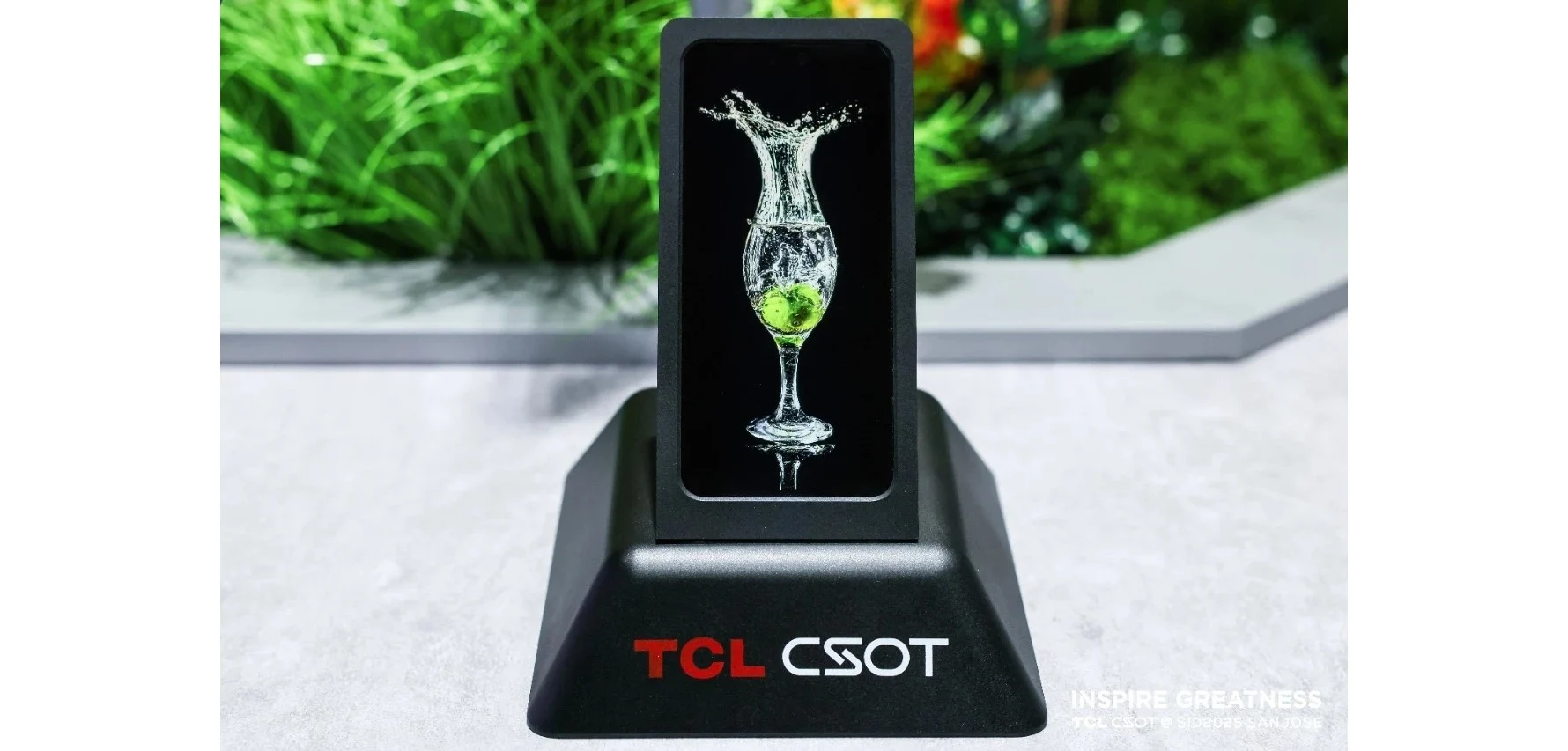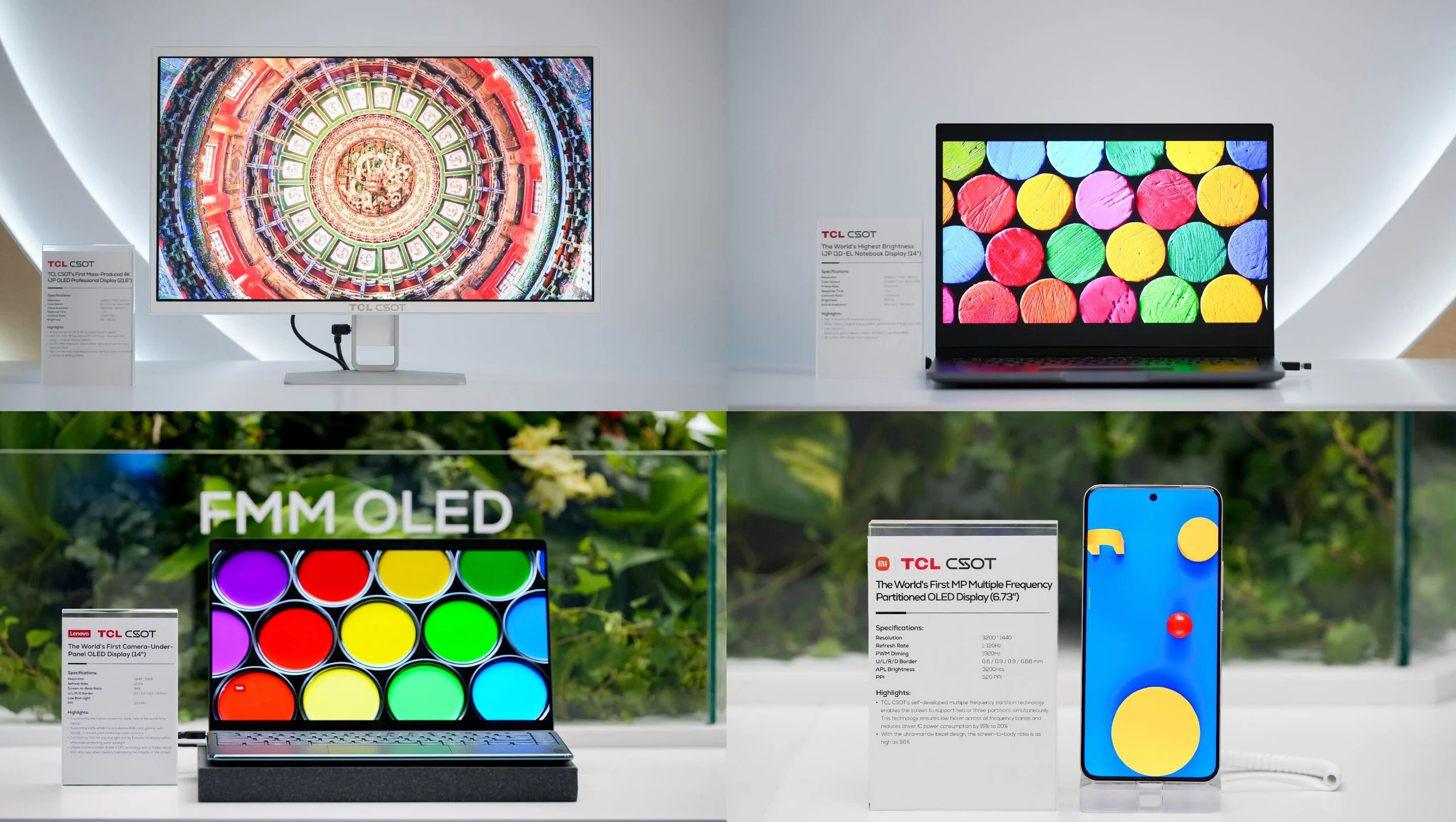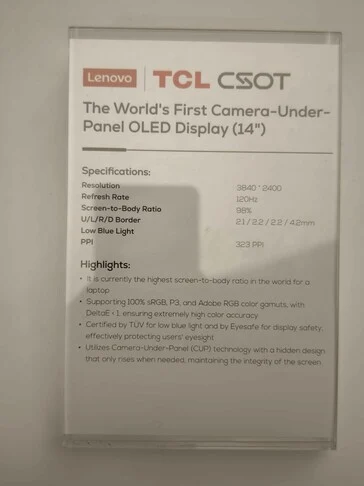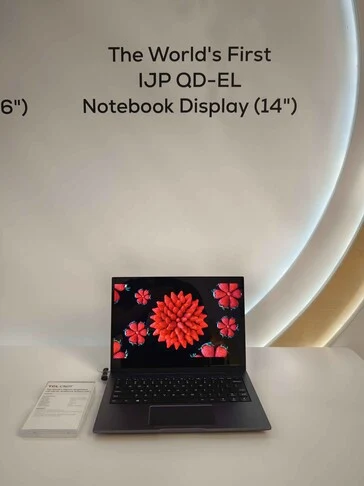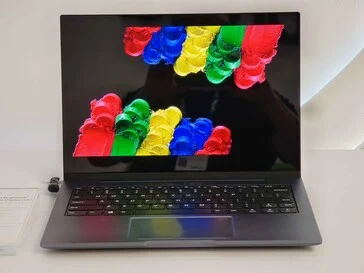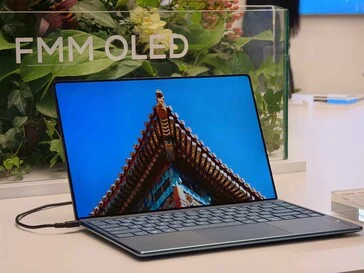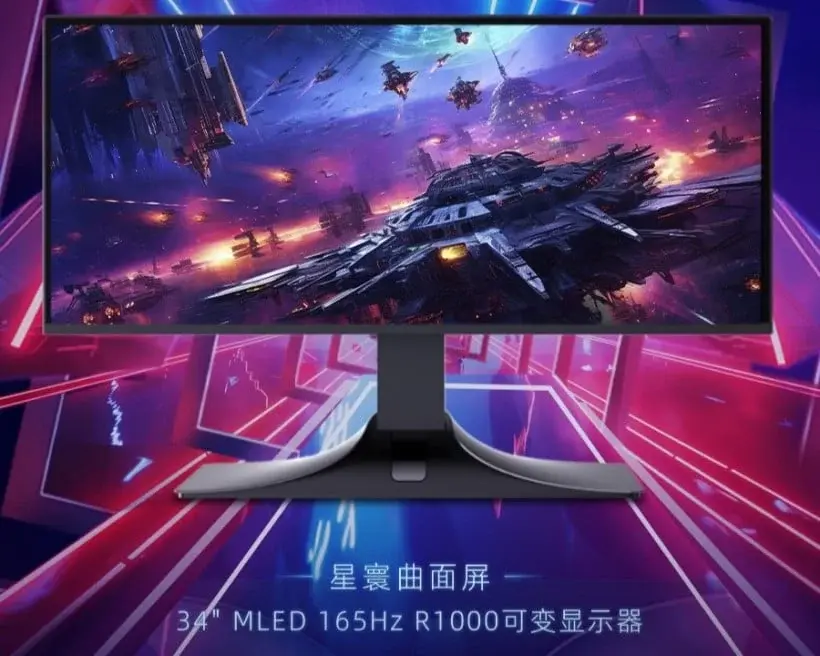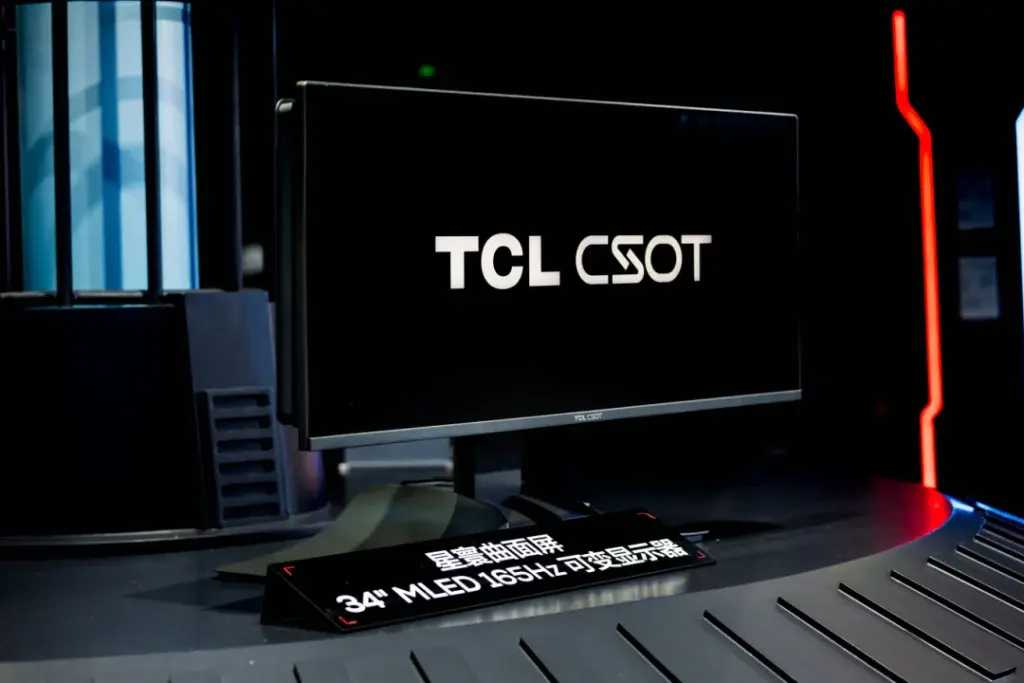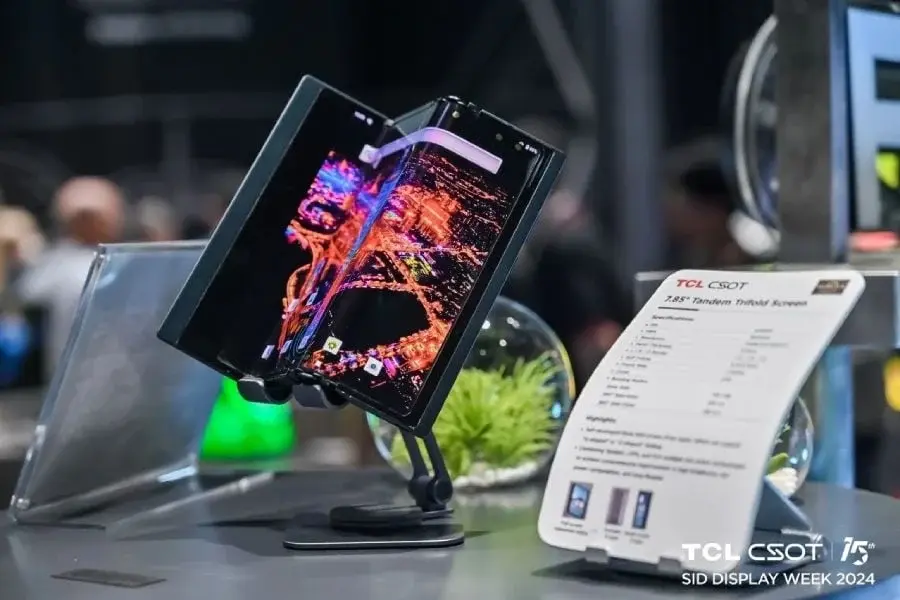Key Takeaways
1. TCL CSOT plans to build an 8.6-generation OLED production plant in Guangzhou, starting construction in October 2025, with operations expected by 2027.
2. The initial production line will handle 45,000 glass substrates monthly, with a potential second line increasing capacity to 90,000 substrates.
3. TCL CSOT’s output would significantly exceed competitors like Samsung and LG, positioning the T8 facility as one of the largest OLED plants globally.
4. The company utilizes inkjet printing technology, which reduces material waste and production costs by about 30%, differentiating it from competitors’ methods.
5. Despite recent advancements, TCL CSOT faces technical challenges in improving panel brightness, lifespan, and production yields, as it aims to compete with established South Korean manufacturers.
TCL CSOT is said to be gearing up to construct a huge 8.6-generation OLED production plant in Guangzhou, China.
A recent report from UBI Research indicates that the construction of the “T8” facility is slated to kick off in October 2025, with plans to install equipment by the end of 2026. If everything goes as planned, the factory could be fully operational by 2027.
Plans in Place
Although TCL CSOT hasn’t officially confirmed the details, UBI Research claims the company has cemented its plans and is ready to proceed. The plant will start with one 8.6G production line that has the capacity to handle 45,000 glass substrates each month.
When a second line is introduced, the production could potentially increase to 90,000 substrates per month. These sizable sheets, measuring approximately 2.29 by 2.62 meters, are suitable for cutting into displays for televisions, monitors, tablets, and smartphones.
Competitive Edge
This output level would place TCL CSOT well ahead of its rivals. Samsung’s forthcoming QD-OLED A6 line is expected to peak at 15,000 substrates monthly, while LG Display’s new Paju line is predicted to reach between 7,500 and 15,000.
Moreover, BOE, a competitor in China, has also revealed intentions to launch an OLED line with a capacity of 33,000 substrates each month. The goal for TCL CSOT would position the T8 facility among the largest OLED manufacturing plants globally.
Innovative Techniques
What distinguishes TCL’s method is its adoption of inkjet printing, differing from LG and Samsung’s fine-mask evaporation technique. This method accurately applies red, green, and blue OLED materials onto the substrate, minimizing material waste and cutting production costs by about 30 percent.
UBI Research estimates that the T8 facility will require approximately RMB 20 billion, which translates to around USD 2.75 billion—a relatively modest investment considering its anticipated output.
TCL CSOT has been working on inkjet-printed OLED technology for several years, having laid out its goals back in 2020, with aspirations to begin mass production by 2024. Although this timeline hasn’t been fully met, TCL did commence limited production last year.
Future Outlook
In 2024, the company delivered 21.6-inch 4K OLED panels produced using its Gen 5.5 line and began distributing monitor panels by November. By May 2025, TCL had presented a complete lineup of inkjet-printed OLED prototypes, including screens for smartphones, laptops, and TVs.
UBI anticipates that an official announcement might be forthcoming, possibly within this month. Nevertheless, the report warns that TCL CSOT still encounters technical challenges. These obstacles include enhancing panel brightness and lifespan, achieving better large-area uniformity, and improving production yields.
The inkjet printing technique remains perceived as less developed and dependable compared to the more traditional methods utilized by Korean display manufacturers.
Nonetheless, TCL’s approach is part of a larger effort by Chinese firms to contest South Korea’s supremacy in OLED display technology. Companies like BOE and Visionox are also making significant investments in alternative manufacturing processes.
Source:
Link


